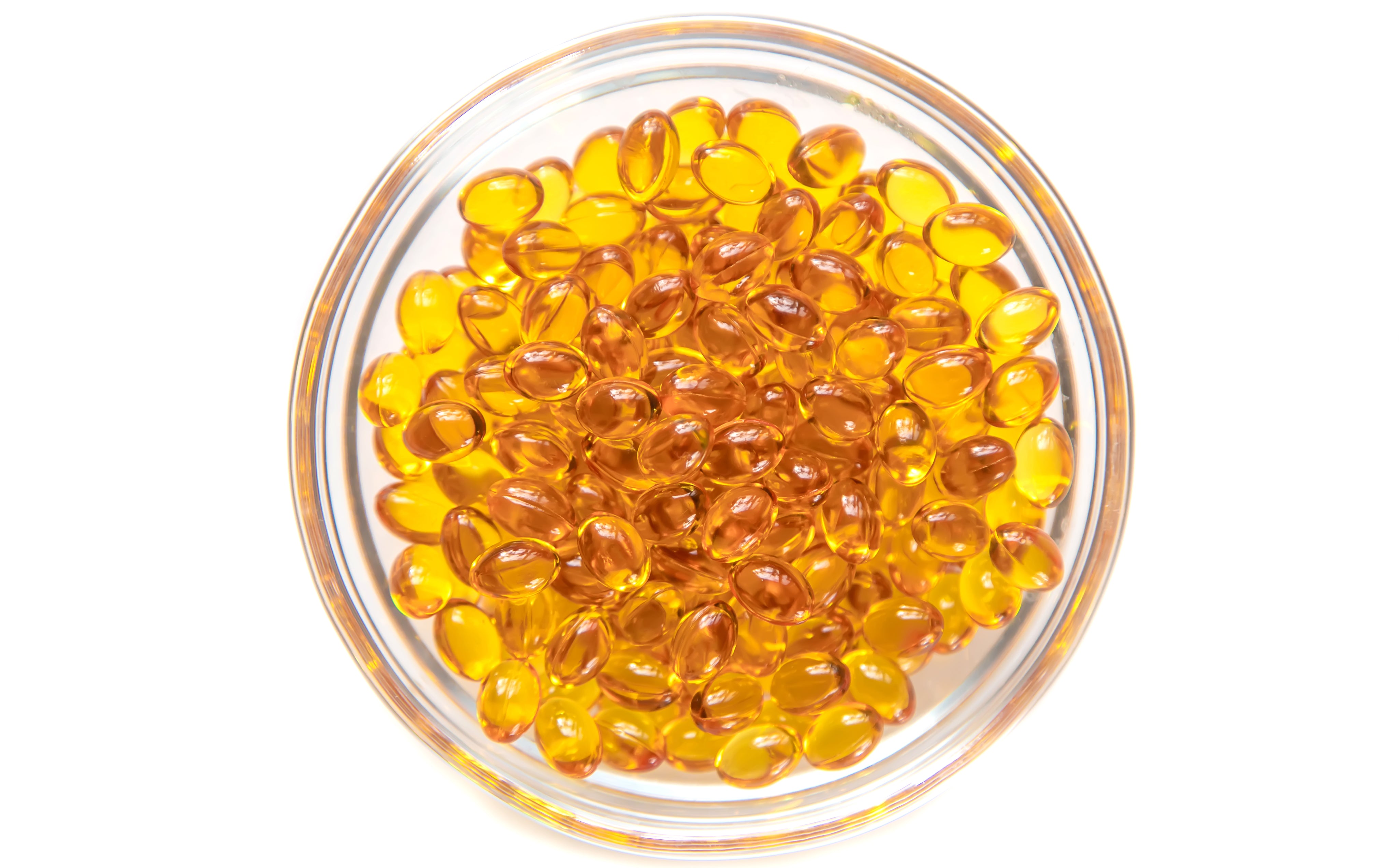Magnesium 101: Types, Benefits & How to Choose the Right One

Why Magnesium Matters: The “Engine Oil” of Your System
Magnesium is an essential mineral involvedin over 600 biological reactions in the human body. It’s often referred to as the “motor oil” of our metabolism — helping systems run smoothly, silently, and efficiently.
Magnesium contributes to:
-
Normal energy-yielding metabolism
-
Normal functioning of the nervous system
-
Reduction of tiredness and fatigue
-
Normal muscle function
-
Maintenance of normal bones and teeth
Despite its importance, researches suggests that many individuals do not meet the recommended daily intake. It is also the fact that the soil quality is worst than ever, thus making the plants to absorb less minerals.
Recommended Daily Magnesium Intake (Netherlands)
According to the Gezondheidsraad (Dutch Health Council):
-
Men (18–69 yrs): 300-350 mg/day
-
Women (18–69 yrs): 280–300 mg/day
Lifestyle factors like stress, physical activity, and dietary patterns may increase daily magnesium requirements.
Understanding the Forms: Choosing the Right Magnesium
1. ATA Mg® (Magnesium N-Acetyltaurate)
ATA Mg® is a novel form of magnesium where magnesium is bound to two acetylated taurine molecules. This unique structure supports both cellular magnesium uptake and neuro-supportive functions.
Key Advantages of ATA Mg®:
-
High bioavailability in the intestines — up to 50% higher than many conventional magnesium salts
-
Lipophilic structure that supports transport across the blood-brain barrier
-
Structural similarity to glutamic acid and kainic acid — two important neurotransmitters
ATA Mg® may support:
-
Cognitive function and concentration
-
Emotional balance and a sense of calm
-
Comfort during the menstrual cycle
-
General neurological well-being
Preclinical and clinical studies suggest ATA Mg® may help reduce the perception of tension and discomfort during demanding periods.
2. Magnesium Citrate
Magnesium Citrate is a well-absorbed form of magnesium, often recommended to support:
-
Muscle function
-
Normal energy metabolism (as it participates in the Krebs cycle)
-
Electrolyte balance
It is also known to contribute to the normal functioning of the digestive system, particularly in individuals with a low-fiber diet.
3. Magnesium Bisglycinate
This form is chelated with glycine, and is often chosen by individuals seeking:
-
Support for relaxation
-
Help with tiredness and fatigue
-
A form of magnesium that is gentle on the stomach
4. Magnesium Malate
Magnesium Malate is a source of magnesium combined with malic acid, a compound naturally involved in the production of cellular energy.
It may be well-suited for individuals who:
-
Lead active lifestyles
-
Experience daytime fatigue
-
Are looking for a non-sedating option
Which Magnesium Is Right for You?
|
Support Goal |
Recommended Form |
|---|---|
|
Brain and cognitive support |
ATA Mg® |
|
Energy metabolism |
Magnesium Citrate, Malate |
|
Relaxation and sleep |
Magnesium Bisglycinate |
|
Menstrual well-being |
ATA Mg® |
|
Digestive comfort |
Magnesium Citrate or Oxide |
Choosing a Quality Supplement
When selecting a magnesium supplement, consider:
-
✅ Clear labeling of magnesium type and amount
-
✅ Clean formulations (no unnecessary additives or colorants)
-
✅ cGMP-compliant manufacturing
-
✅ Transparent ingredient sourcing and third-party testing
Final Thoughts
Magnesium is more than just a mineral — it’s a cornerstone of well-being. From supporting energy metabolism to helping maintain mental balance and comfort during busy or stressful periods, the right form of magnesium can make a meaningful difference.
ATA Mg® is one of the most promising magnesium innovations to date — offering bioavailability, brain support, and targeted benefits for modern lifestyles.
Discover TAB Vitamins’ magnesium range today — including products formulated with ATA Mg® — and find a magnesium that’s made for you.
References:
Ates, M., Kizildag, S., Yuksel, O., Hosgorler, F., Yuce, Z., Guvendi, G., Kandis, S., Karakilic, A., & Koc, B. (2019). Dose-dependent absorption profile of different magnesium compounds. Biological Trace Element Research, 189(1), 68–75. https://doi.org/10.1007/s12011-019-01734-4
Bac, P., Herrenknecht, C., Binet, P., & Durlach, J. (1993). Audiogenic seizures in magnesium-deficient mice: Effects of magnesium pyrrolidone-2-carboxylate, magnesium acetyltaurinate, magnesium chloride and vitamin B-6. Magnesium Research, 6(1), 11–19.
Durlach, J., Bac, P., Pagès, N., Maurois, P., Vamecq, J., Fattal, M. G., Durlach, V., & Danhier, P. (2011). Mg acetyltaurinate as a photic inhibitor in photosensitive magnesium depletion: A physiological pathway in headache with photophobia treatment. Presented at the Euromag Meeting, 2011.
Eurofins Dermscan. (2021). Study report #19E1749: Clinical evaluation of ATA Mg® on premenstrual syndrome symptoms. (Unpublished study).
Fassin, M., Danhier, P., & Ris, L. (2020). Effect of oral administration of magnesium N-acetyltaurinate on synaptic plasticity in rodents. Magnesium Research, 33(4), 106–113. https://doi.org/10.1684/mrh.2020.0471
Forget, D., Danhier, P., & Durlach, C. (2016). ATA Mg®, a new taurinergic magnesium vector in migraine may result in significant wellbeing improvement in some people: Case report. Presented at the XIV International Magnesium Symposium, Rome, June 2016.
Hosgorler, F., Koc, B., Kizildag, S., Canpolat, S., Argon, A., Karakilic, A., Kandis, S., Guvendi, G., Ates, M., Arda, N. M., & Uysal, N. (2020). Magnesium acetyl taurate prevents tissue damage and deterioration of prosocial behavior related with vasopressin levels in traumatic brain injured rats. Turkish Neurosurgery, 30(5), 703–710. https://doi.org/10.5137/1019-5149.JTN.29446-20.3
Schneider, Y.-J. (2018). Comparative study of the bioavailability of magnesium N-acetyltaurinate on cell lines. Synapharm Internal Document, Cellular Biochemistry, Nutritional and Toxicological Laboratory, UCL/ISV/BCNT. (Unpublished report).
Uysal, N., Kizildag, S., Yuce, Z., Guvendi, G., Kandis, S., Koc, B., Karakilic, A., Camsari, U. M., & Ates, M. (2018). Timeline (bioavailability) of magnesium compounds in hours: Which magnesium compound works best? Biological Trace Element Research, 187(1), 128–136. https://doi.org/10.1007/s12011-018-1357-1
Bagis, S., Karabiber, M., As, I., Tamer, L., Erdogan, C., & Atalay, A. (2013). Is magnesium citrate treatment effective on pain, clinical parameters and functional status in patients with fibromyalgia? Rheumatology International, 33(1), 167–172. https://doi.org/10.1007/s00296-011-2334-8
Nattagh-Eshtivani, E., Sani, M. A., Dahri, M., Ghalichi, F., Ghavami, A., Arjang, P., & Tarighat-Esfanjani, A. (2018). The role of nutrients in the pathogenesis and treatment of migraine headaches. Biomedicine & Pharmacotherapy, 102, 317–325. https://doi.org/10.1016/j.biopha.2018.03.005
Peikert, A., Wilimzig, C., & Köhne-Volland, R. (1996). Prophylaxis of migraine with oral magnesium: Results from a prospective, multi-center, placebo-controlled and double-blind randomized study. Cephalalgia, 16(4), 257–263. https://doi.org/10.1046/j.1468-2982.1996.1604257.x
Ramadan, N. M., Halvorson, H., Vande-Linde, A., Levine, S. R., Helpern, J., & Welch, K. M. A. (1989). Low brain magnesium in migraine. Headache: The Journal of Head and Face Pain, 29(9), 590–593. https://doi.org/10.1111/j.1526-4610.1989.hed2909590.x
Hruby, A., Meigs, J. B., O’Donnell, C. J., Jacques, P. F., & McKeown, N. M. (2014). Higher magnesium intake reduces risk of impaired glucose and insulin metabolism and progression from prediabetes to diabetes in middle-aged Americans. Diabetes Care, 37(2), 419–427. https://doi.org/10.2337/dc13-1397
Wacker, W. E., & Parisi, A. F. (1968). Magnesium metabolism. The New England Journal of Medicine, 278(12), 658–663. https://doi.org/10.1056/NEJM196803212781204
Singh, R. B., Rastogi, S. S., Mehta, P. J., & Niaz, M. A. (1989). Magnesium metabolism in essential hypertension. Acta Cardiologica, 44(3), 313–322.
Supakatisant, C., & Phupong, V. (2015). Oral magnesium for relief in pregnancy-induced leg cramps: A randomized controlled trial. Maternal & Child Nutrition, 11(2), 139–145. https://doi.org/10.1111/j.1740-8709.2012.00440.x
Aydin, H., Dilli, D., & Koksal, T. (2016). Magnesium in pregnancy. Nutrition Reviews, 74(9), 549–557. https://doi.org/10.1093/nutrit/nuw018
Hornyak, M., Haas, P., Veit, J., & Voderholzer, U. (1998). Magnesium therapy for periodic leg movements-related insomnia and restless legs syndrome: An open pilot study. Sleep, 21(5), 501–505. https://doi.org/10.1093/sleep/21.5.501
Uwitonze, A. M., & Razzaque, M. S. (2018). Role of magnesium in vitamin D activation and function. The Journal of the American Osteopathic Association, 118(3), 181–189. https://doi.org/10.7556/jaoa.2018.037
Virtanen, R., Mursu, J., Tuomainen, T. P., Virtanen, H. E., Nurmi, T., & Voutilainen, S. (2019). Dietary intake of magnesium and the risk of epilepsy in middle-aged and older Finnish men: A 22-year follow-up study in a general population. Nutrition, 58, 36–39. https://doi.org/10.1016/j.nut.2018.06.019






